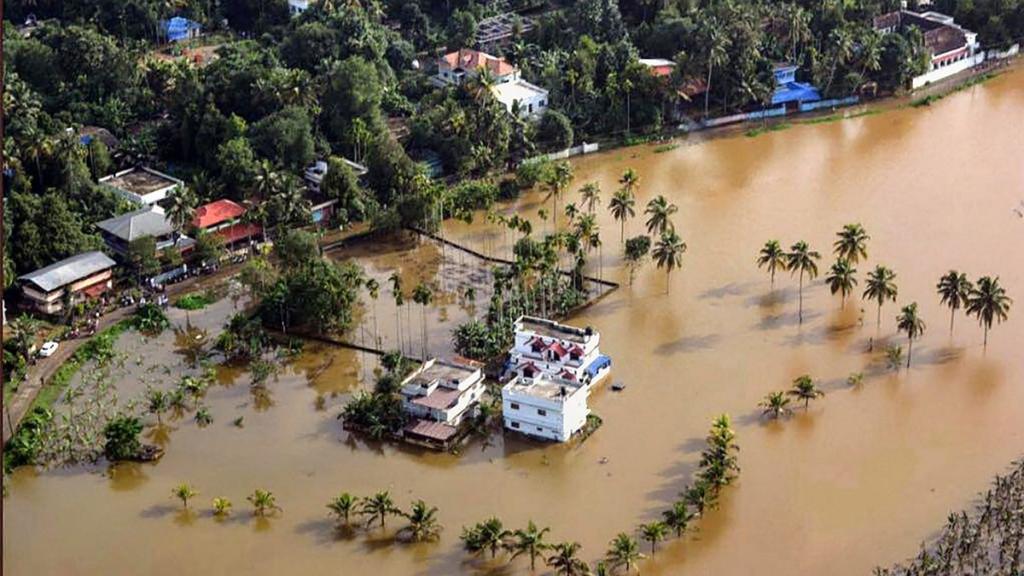
Climate change is getting out of hand due to the frenetic race of rising temperatures, melting glaciers, increasing natural disasters, and decreasing crop yield. With the springing change in the climate, the verge of pollution and global warming leads to the extinction and vulnerability of biodiversity. Human beings have taken this problem for granted as they are ignoring the consequences caused by climate change. Accelerating change in climate poses various challenges to the environment and society.
Reasons for climate change:
1. Pollution– Due to the emission of greenhouse gases such as carbon dioxide, methane, nitrous oxide and chlorofluorocarbons from automobiles causing depletion of the ozone layer. The transition of temperatures is due to the warm air trapped by different pollutants. Various respiratory diseases like asthma and bronchitis decrease human age by ten per cent. Stubble(parali) burning by farmers contributes to global warming and reduces air quality and visibility.
2. Deforestation– Deforestation refers to the ‘cutting of vegetation’ in a massive amount. Due to the rapidly increasing population, the development of storey buildings is taking place with the rise of deforestation. The effect of deforestation primarily suppresses the availability of oxygen to humans and animals. Habitat destruction of various species occurs due to the emergence of deforestation which predominately leads to the die-out of biodiversity of that region.
3. Urbanisation– It is a crucial factor contributing towards climate change at global, regional, national and local levels. Rapid urbanisation stimulates the poor quality of air and water consumption. Due to this factor, droughts become a prevalent disaster due to the unavailability of water. This leads to the problem of waste disposal emitting carbon dioxide in an enormous amount in the environment. Increasing population density escalates the consumption of energy in households daily. Dumping off, non-biodegradable substances in the environment raises land pollution, affecting the environment and various species.
4. Use of fertilizers and pesticides– Fertilizer run-off can cause ‘algal blooms’ in water bodies, emitting greenhouse gases. Applying fertilizers to the soil causes the release of nitrous dioxide, a gas that is a hundred times more robust than carbon dioxide in increasing climate change. They are also responsible for ammonia emission, a toxic and poisonous gas.
5. Processing industries– Manufacturing and processing industries produce greenhouse gas emissions mostly due to the burning of fossil fuels. The smoke produced by these industries causes critical diseases like cancer. These emissions surround the earth’s surface and increase the temperature by ten times the present temperature. Exhaust from the industries causes problems for patients with asthma and bronchitis to inhale air from the atmosphere.
6. Burning of fossil fuels– Fossil fuels are the decomposition of carbon-based organisms buried in the earth’s surface millions of years ago. It is the primary cause of climate change. They cause air pollution, acid rain, water pollution and habitat destruction. Oil spills can destroy aquatic ecosystems and kill oceanic life. When fossil fuels are burned carbon dioxide is released, causing the acidification of oceans and the extinction of flora and fauna.
7. Plastic use– Plastic pollution can cause grievous threats to biodiversity and oceanic forms. Plastic waste can block water bodies, decrease the biochemical oxygen demand for species living in water, and disrupt the natural flow by accumulating.
Effects of climate change:
1. Biodiversity loss– Overexploitation and habitat destruction of many species occur daily. Droughts, floods, forest fires and disease pose high risks to animal survival. Trying to relocate species to improve their life span. According to the International Union for Conservation of Nature(IUCN), the status of extinct species is increasing drastically. Increasing temperatures, melting glaciers and global warming are calamities ensuring biodiversity loss.
2. Hotter temperatures– The Release of gases like methane, chlorofluorocarbons, nitrous oxide, and carbon dioxide blankets the earth’s surface and traps heat. It is estimated that the global temperature will increase by 1.5 degrees. Due to high temperatures, the risk of diseases is expanding on a large scale.
3. Health risks– With the emerging climate change, the spread of diseases
enlarged in the atmosphere. Increased hunger and poor nutrition increase malnutrition among newborns. During floods, food and water-borne infections prevail. Decreasing air quality affects the lungs of humans to a great extent. The presence of small particles causes inflammation in the eyes, ruining the capacity of human eyes.
4. Poverty– Displacement of urban slums due to floods leads to the destruction of their homes and livelihoods. Declining agricultural produce affects the income of farmers, ultimately leading to the suicide of farmers. Drought regions are unfertile and reduce the expansion of food with growing population density.
Solutions to climate change:
1. Halt deforestation– Planting new trees can help in lowering the temperature of the earth. Reduce wastage of paper and start acclimatizing to go paperless in this modern era of social media.
The government should take new initiatives and schemes to protect the vegetation. Various non-governmental organizations should come forward to reduce deforestation through different movements. Individuals can contribute to this race by spreading awareness to young youths of the planet through videos, audio conferencing and posters.
2. Reduce the use of automobiles– Instead of using automobiles for shorter distances, walk on foot to avoid the emission of greenhouse gases. This can not only improve air quality but also reduce noise pollution. It initiates the usage of electric vehicles that emit less carbon dioxide. It brings a golden opportunity for young entrepreneurs to build automobiles that minimise global warming. Individuals should understand their responsibility towards alleviating climate change.
3. Minimizing the use of fertilizers– Farmers can use organic matter to resolve the problem of climate change. Organic matter is environment-friendly and can nourish the crop without using fertilizers in the soil. Policymakers should encourage farmers to use vermicomposting, manures, compost, and crop rotation. This technique can mitigate greenhouse emissions and help individuals overcome their health issues.
4. Reduce plastic use– Avoiding single-use plastics can improve aquatic ecosystems by reducing their accumulation. On the individual level, try to use bags of biodegradable materials. The government should ban the use of plastics and try to encourage people to use eco-friendly packaging. Young youths from colleges and schools should take the initiative to reduce the use of plastics through posters and audio campaigning.
5. Less power consumption- Switching to LED light bulbs consumes less electricity than ordinary incandescent bulbs. Using energy-efficient appliances at a large scale can reduce energy demand, leading to fewer carbon dioxide emissions in the atmosphere. Nowadays, installing solar panels can minimize energy demand. At the individual level, you can take steps by switching off lights and fans when not in use. Try to participate in government initiatives.
6. Avoid food wastage– Produce compost with leftovers, which can reduce methane emissions. Wasting food indirectly affects the energy and resources needed to cultivate it. Educating consumers about food wastage can combat climate change. Try to feed leftovers to stray animals and hungry people. Striving against food waste is one of the essential steps to decreasing climate change problems.
Conclusion:
Global cooperation can end this frenetic race. This issue requires acute attention and coordinated listening to mitigate the effects of climate change in the surroundings. India is a diverse country with geography, culture, and biodiversity. Preserving this diversity for sustainable use is the need of the hour. Immediate action can eradicate the problems of hunger, biodiversity loss and poverty.
By: Khushi Gupta
Write and Win: Participate in Creative writing Contest & International Essay Contest and win fabulous prizes.


